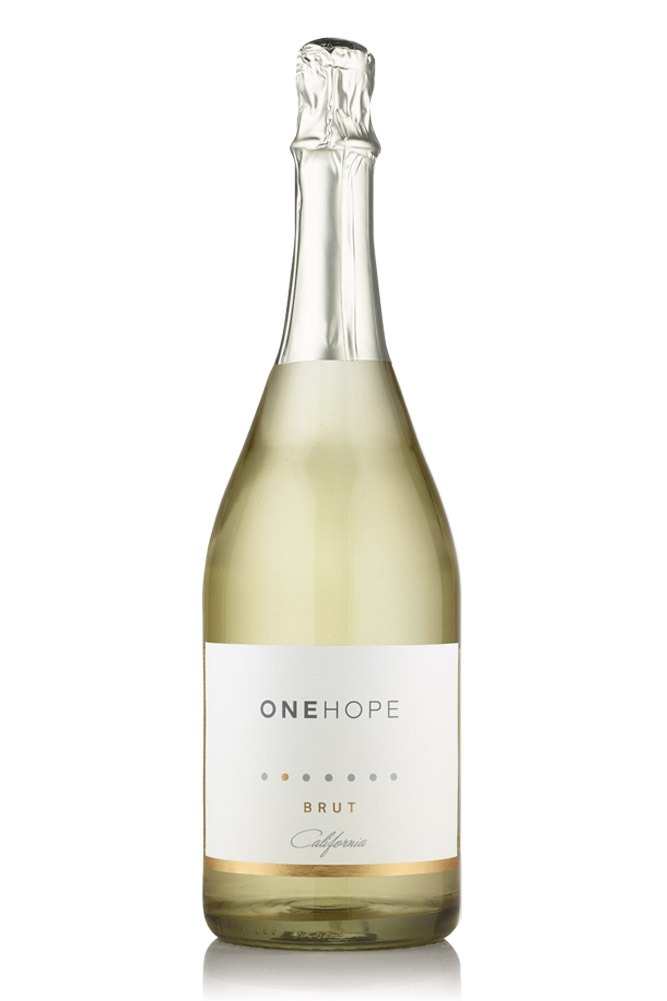Image Credit: One Hope Wine
If you want to enjoy sparkling wine for more than special occasions, you may have to stray from the tried-and-true Champagne region of France. While the area is known for its superiority, excellent sparkling wines can come from nearly anywhere, including New World regions like California. Before you start raiding your local wine dealer for obscure deals, you’ll need to understand what is written on the label.
Where Is It From?
On labels in the sparkling wine section, you’ll find a number of names like Champagne, Sekt, Prosecco, Cava, and many more. All of these are sparkling wines, and the name simply denotes where the bottle was produced. Champagne is of course from the Champagne region of France, but you should note that France produces many sparkling vintages in other regions.
Prosecco, Franciacorta, and Spumante are all Italian made, while Cava hails from Spain. Sekt indicates German origin, while NV or non-vintage means the wine is a blend of multiple vintages. You may also see the terms Blanc de Blanc and Blanc de Noir, which tell you the type of grape used. The former is made exclusively with Chardonnay grapes, while the latter is made from pinot noir, pinot meunier, or both.
How Sweet Is It?
If you know your palate or are in a phase of open discovery, pay attention to the dryness and sweetness of your vintages. Sparkling wines vary in sweetness as follows: extra brut, brut, extra dry, sec and demi-sec. In brut vintages, the yeast eliminated all perceptible sugars, while demi-secs are an excellent dessert wine.
To help you find a good gauge, most traditional Champagnes will be classified as brut, while Proseccos are extra dry. If you know you’ll have a seafood entr like crab or lobster, wander towards the bruts to find a great pair. On the other hand, if you want to have a light cocktail hour with guests, lay out a range of fresh fruits and try out a Prosecco or similar variety. Remember, the label is an excellent indication of the flavors inside the bottle, but until you’ve tried it, the balance and unique notes of a vintage can still surprise you.
I’m a 20-something stay-at-home mother and wife. I have an amazing husband, a beautiful daughter, two loving dogs, and a lazy cat. I wouldn’t change my life for anything! I love to read, listen to music, cook and blog!


Really interesting information. i know NOTHING about wine or sparkling wine and never really know where to start. I will have to try some and then see what variety I like. I am betting I like sweet 🙂
I am not familiar with different wines, so thanks for sharing.
I like my wine REAL dry.I find the reds to be much too sweet.They actually make my stomach sick!
Excellent article! I learned a lot! I didn’t even think about reading the label before being educated by this article! Thanks!
Wow, I only pick up wine for house warming gifts. Thanks for the info will be reading the labels next time I shop!
thanks for the into I never know who to choose a wine
Thanks for the Sparkling Wine guide! It’s easy to be overwhelmed with all the choices.
This helps me a lot since I prefer sparkling over red wine. 🙂 Thanks for sharing
Thank you for so much information…we usually stick with french whites..not having a lot of experience with many others
Thanks for tips!